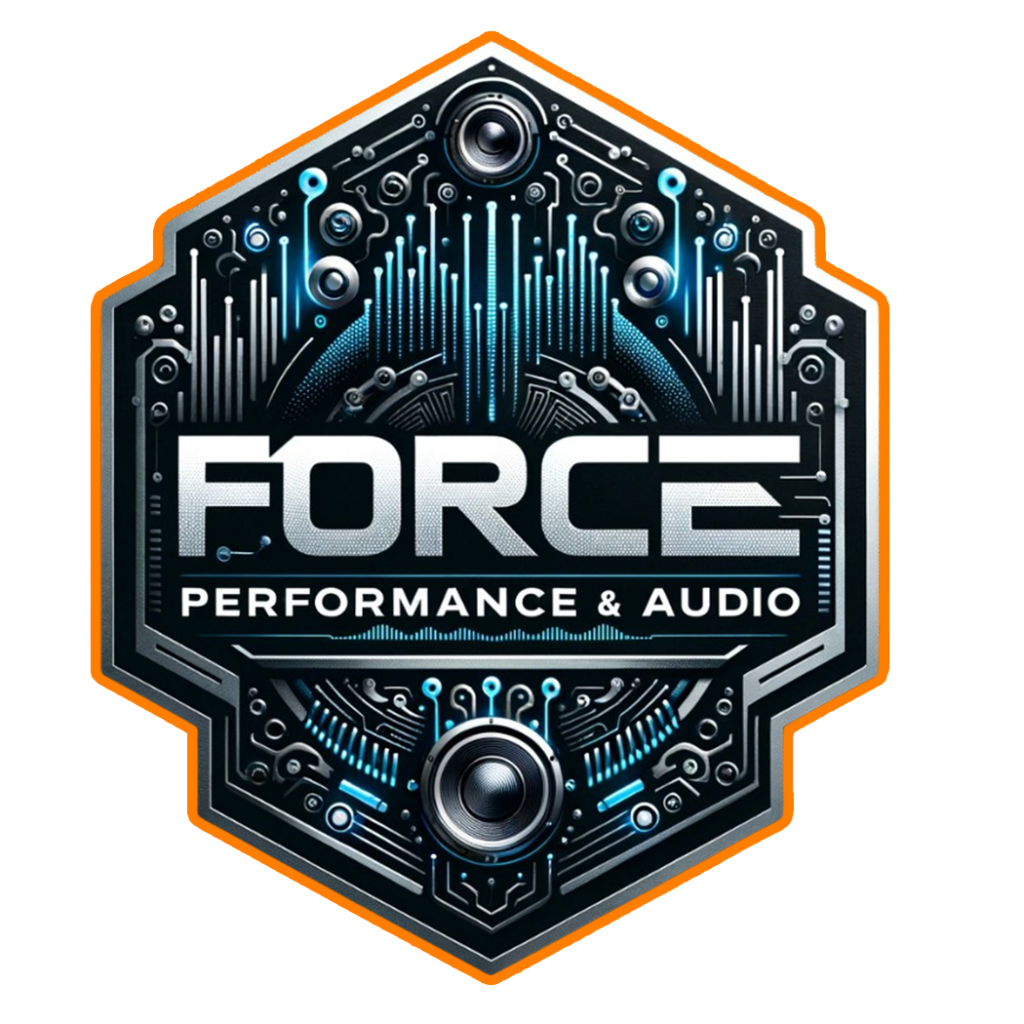Boosting Engine Performance in Gardendale: Comparing the Benefits of Nitrous Oxide and Forced Induction.
When it comes to boosting engine performance in Gardendale, car enthusiasts are often faced with the dilemma of choosing between two popular methods: nitrous oxide and forced induction. Both techniques have their own set of advantages and drawbacks, making it essential for drivers to carefully consider their options before making a decision. In this blog post, we will delve into the differences between nitrous oxide and forced induction, exploring the pros and cons of each to help you make an informed choice for enhancing your vehicle’s performance.
Nitrous oxide, also known as NOS, is a popular choice among car enthusiasts looking for a quick and easy way to boost their engine’s power. This method involves injecting a mixture of nitrous oxide and fuel into the engine’s combustion chamber, resulting in a sudden increase in horsepower and torque. One of the key advantages of nitrous oxide is its affordability and ease of installation, making it an attractive option for those on a budget or looking for a temporary performance boost. Additionally, nitrous oxide systems are adjustable, allowing drivers to control the amount of power they want to add to their engine.
However, nitrous oxide does come with its own set of drawbacks. The sudden and intense power increase it provides can put a significant strain on the engine, potentially leading to premature wear and damage if not used correctly. Additionally, nitrous oxide is a consumable resource that needs to be refilled regularly, adding to the long-term cost of using this method. Lastly, the use of nitrous oxide can be risky if not installed and operated properly, as it can result in engine failure or even accidents if mishandled.
On the other hand, forced induction, which includes methods like turbocharging and supercharging, offers a more consistent and reliable way to increase engine performance. By compressing air and forcing it into the engine, forced induction systems provide a continuous power boost throughout the entire rpm range, resulting in improved acceleration and overall performance. Unlike nitrous oxide, forced induction systems do not require constant refilling and can be more sustainable in the long run.
However, forced induction systems also have their own set of drawbacks. They can be more expensive to install and maintain compared to nitrous oxide systems, making them less accessible to budget-conscious drivers. Additionally, the added complexity of forced induction systems can lead to potential reliability issues if not properly installed or maintained. Furthermore, the increased heat generated by forced induction can put additional stress on the engine components, potentially reducing their lifespan if not properly managed.
In conclusion, both nitrous oxide and forced induction offer unique benefits and drawbacks when it comes to boosting engine performance in Gardendale. While nitrous oxide provides a quick and affordable way to increase horsepower, it comes with potential risks and long-term costs. On the other hand, forced induction offers a more consistent power boost but requires a higher initial investment and ongoing maintenance. Ultimately, the decision between nitrous oxide and forced induction should be based on your specific goals, budget, and willingness to invest in long-term engine health and performance. Whichever method you choose, it is crucial to consult with a professional tuner or mechanic to ensure that your vehicle’s engine is properly equipped and tuned for optimal performance and reliability.


